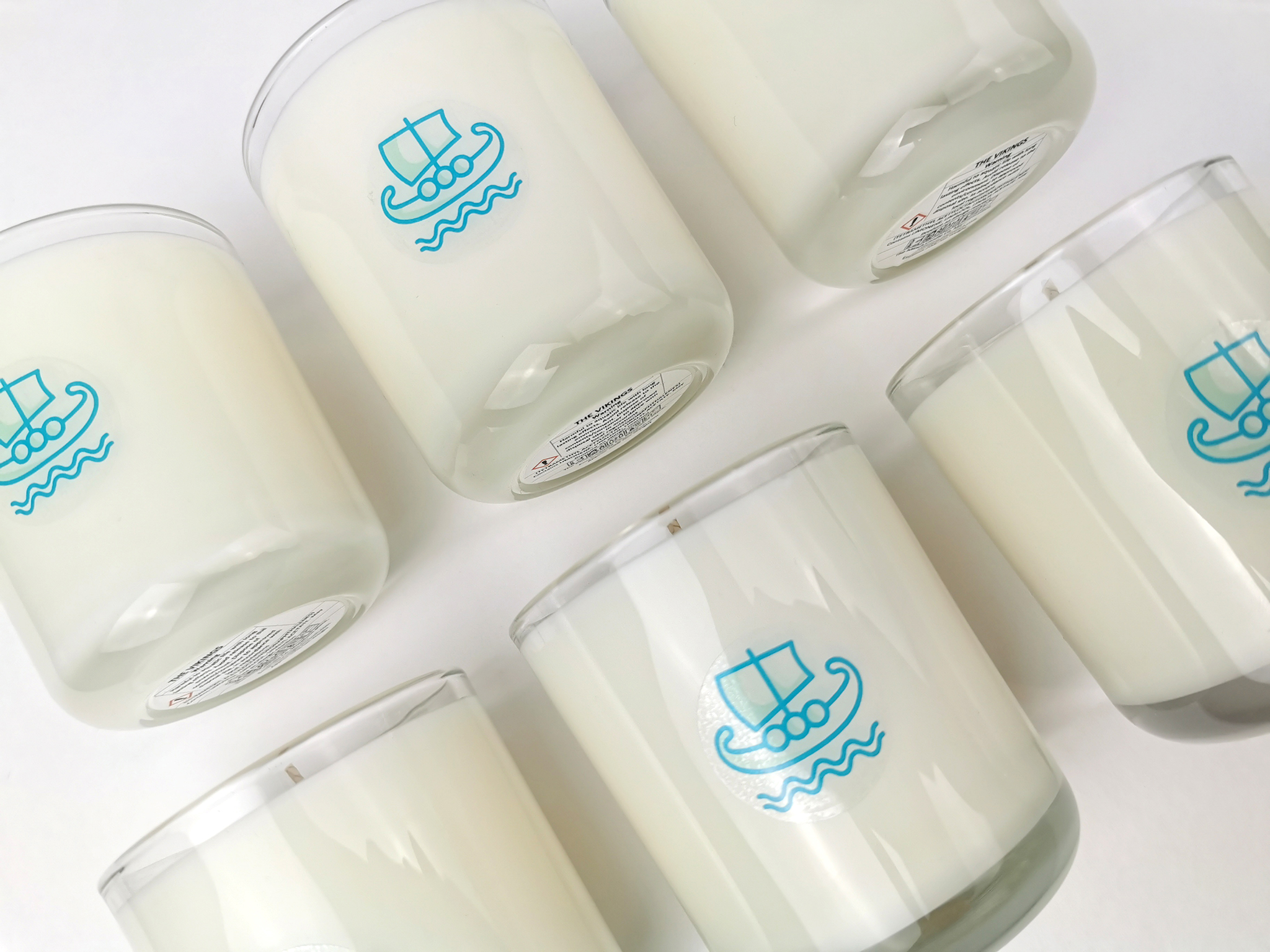
11 Dec Candle Care
Burning your candle for the first time
Light your candle in a well ventilated room, away from any fans or drafts, such as open windows, radiators etc.
For the first burn, you want to make sure the wax melts the whole surface of the candle, as far to the sides as possible. Doing so will set the candle up for an even burn for the duration of the candles life, it may even take up to 3-4 hours (we wouldn’t recommend burning your candle for more than 4 hours at any one time), but the first burn is the most important. This should also help to prevent tunneling, which is when the the first burn is for too short of a period, the wax creates a memory pool, so the second burn may not melt past the small wax walls that the first burn left. It will continue to burn downwards, faster, leaving a waste of wax around the container. Or simply extinguish itself as the wick will not be getting enough oxygen to keep burning.
Wick
Trimming your wick before every use is a vital part of having a cleaner and safer burning candle. We recommend trimming your wick to about 6 mm (quarter of an inch) prior to lighting your wick. The easiest way being with some wick trimmers, try not to leave any debris from the wick landing back in the candle, as this can become a safety issue, with the possibility of it igniting from the flame once it’s re-lit. Keeping the wick trimmed, also helps prevent mushrooming, which can result in some sooting, leaving black marks on the inside of the container.
Extinguishing the flame is best done with a snuffer, making sure that the wick is straight upright again, so the was does not harden with the wick poking into it.
Safety tips
- Always store your candles in a cool, dark and dry place. Tapers or dinner candles should be stored flat to preventing warping.
- Never use a knife or a sharp object to remove wax drippings from a glass votive holder. It might scratch or weaken the glass, causing it to break upon subsequent use.
- Avoid placing your candles where they will be directly exposed to sunlight or harsh indoor lighting, such as a spotlight. Candles may fade if they are left in bright light for an extended period of time.
- Avoid short burns. If you light your candle for brief periods only, the wax is not able to melt completely. Always follow the manufacturer’s instructions, and never burn candles unattended.
- Don’t touch! Pushing the wax down into a hot candle puts you at risk of skin burns, and shortens the length of exposed wick. This can actually result in more wax remaining in the next burn.
- Accept ‘leftover’ wax. Residual wax can have the benefit of preventing the candle from becoming too hot. Variability in burning conditions result in different amounts of leftover wax. For example, the length of time the candle’s been burning or the temperature of the room can affect the amount of leftover wax. The candle is likely performing as designed, in some conditions.





Sorry, the comment form is closed at this time.